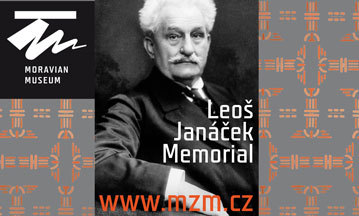DOMENICO SCARLATTI sonatas for keyboard (selection)
JOHN CAGE Sonatas & Inteludes for prepared piano (selection)
piano & prepared piano David Greilsammer
Known for his eclectic and fascinating programs, conductor and pianist David Greilsammer (b. 1977) is recognised as one of today’s most audacious classical artists. The New York Times recently selected his recital Scarlatti:Cage:Sonatas as one of the ten most important musical events of the year. Previously, The New York Times has awarded two of David Greilsammer’s albums, Baroque Conversations and Mozart-In-Between, among the best recordings of the year. Known as a unique interpreter of both baroque and contemporary music, David Greilsammer is also celebrated for his Mozart performances. In 2008, he performed in Paris all of Mozart’s piano Sonatas in a one day “marathon” and in recent years, he recorded various albums devoted the composer. More recently, he played and conducted Mozart’s twenty-seven piano concertos, in one single season. Since 2013, David Greilsammer is Music and Artistic Director of the Geneva Camerata (GECA).
David Greilsammer: Music from a different planet. This is the feeling that has always taken over me when listening to the Sonatas of Domenico Scarlatti and John Cage. Music from an invisible, distant, and mysterious world. The works of these composers do not resemble in any way those of their contemporaries: is it, perhaps, because the two men were not composers, but in fact, inventors? Inventors of sounds, magicians of rhythm, creators of new languages, that had never been heard before. As true visionaries, ahead of their time, they treated the Sonata not as a rigid and extensive form, but rather as a miraculous space designed for conception and experimentation. More than two hundred years separate the two composers, but their Sonatas seem so much alike: short, provocative, passionate, full of wild colours, and bursting with sensual rhythms. Light years away from the traditional Sonata that ruled during the two centuries that went by between Scarlatti and Cage, the two artists treated this form as a free, agile and dazzling entity: like an Unidentified Flying Object, passing in the sky, brief, remote and solitary. Searching in their feverish imagination, Scarlatti and Cage conceived these pieces to be the messengers of a yet unknown world. Embracing the future and its freedoms, the Sonatas seem to be staring at us from their far, distant planet.





